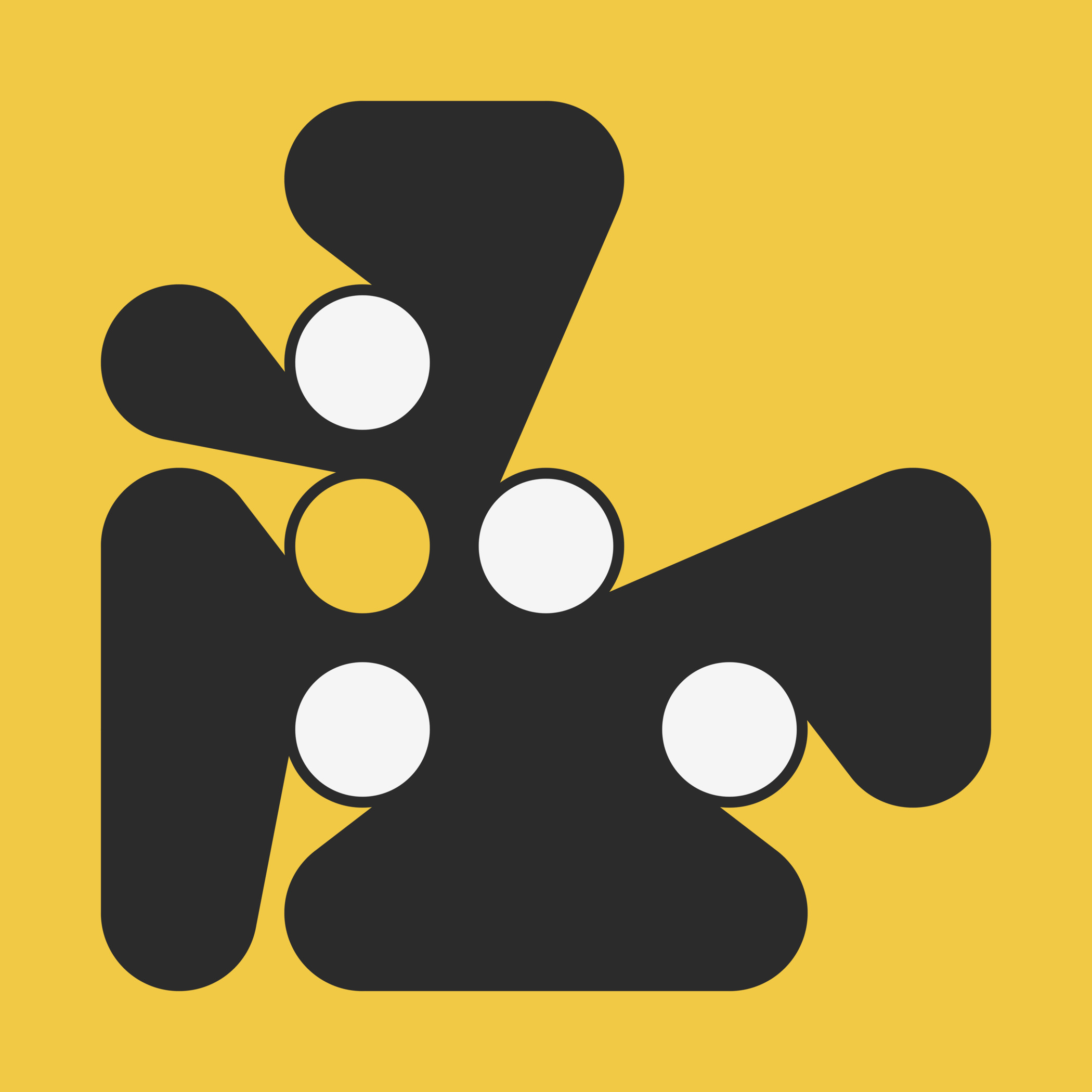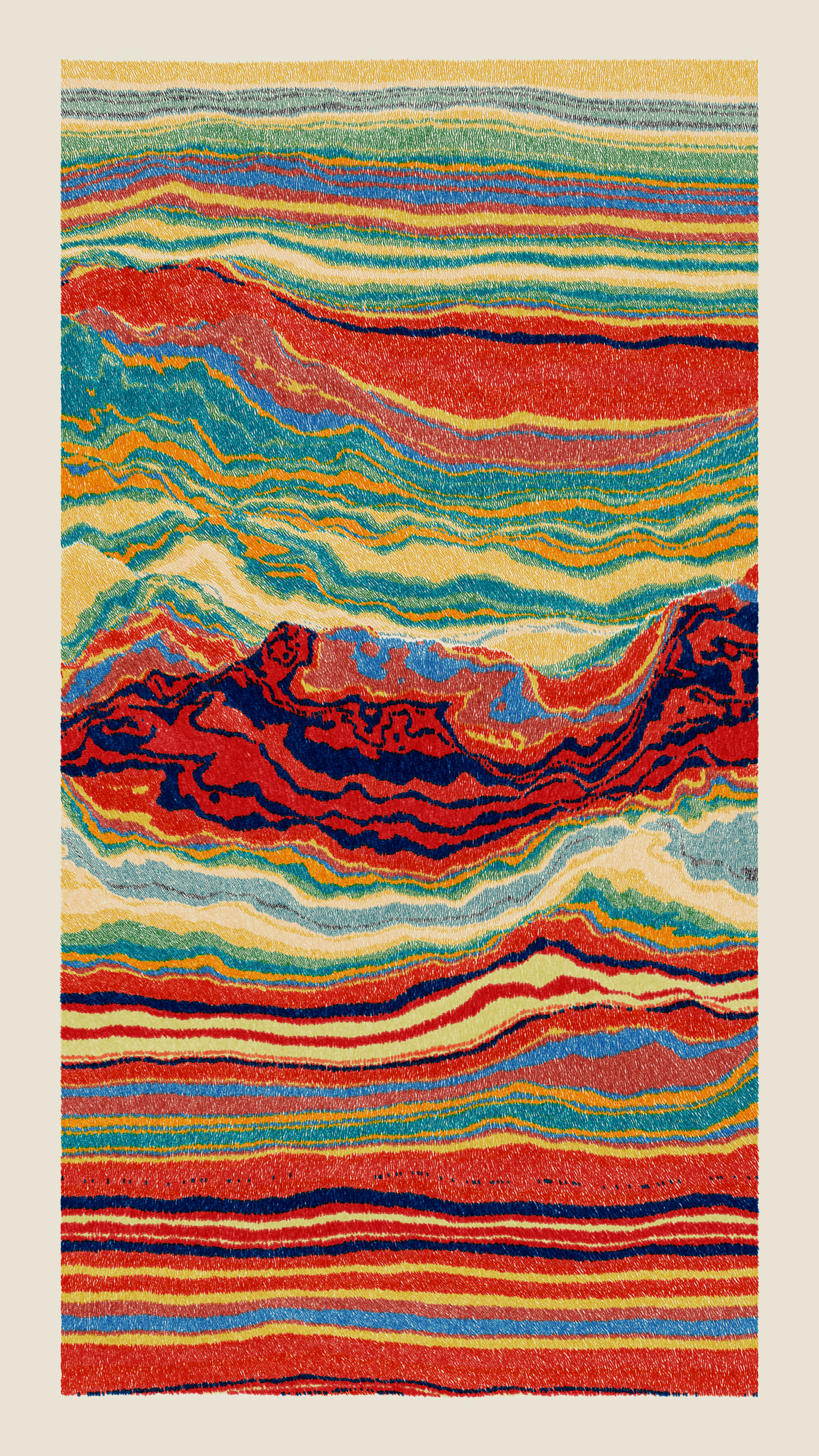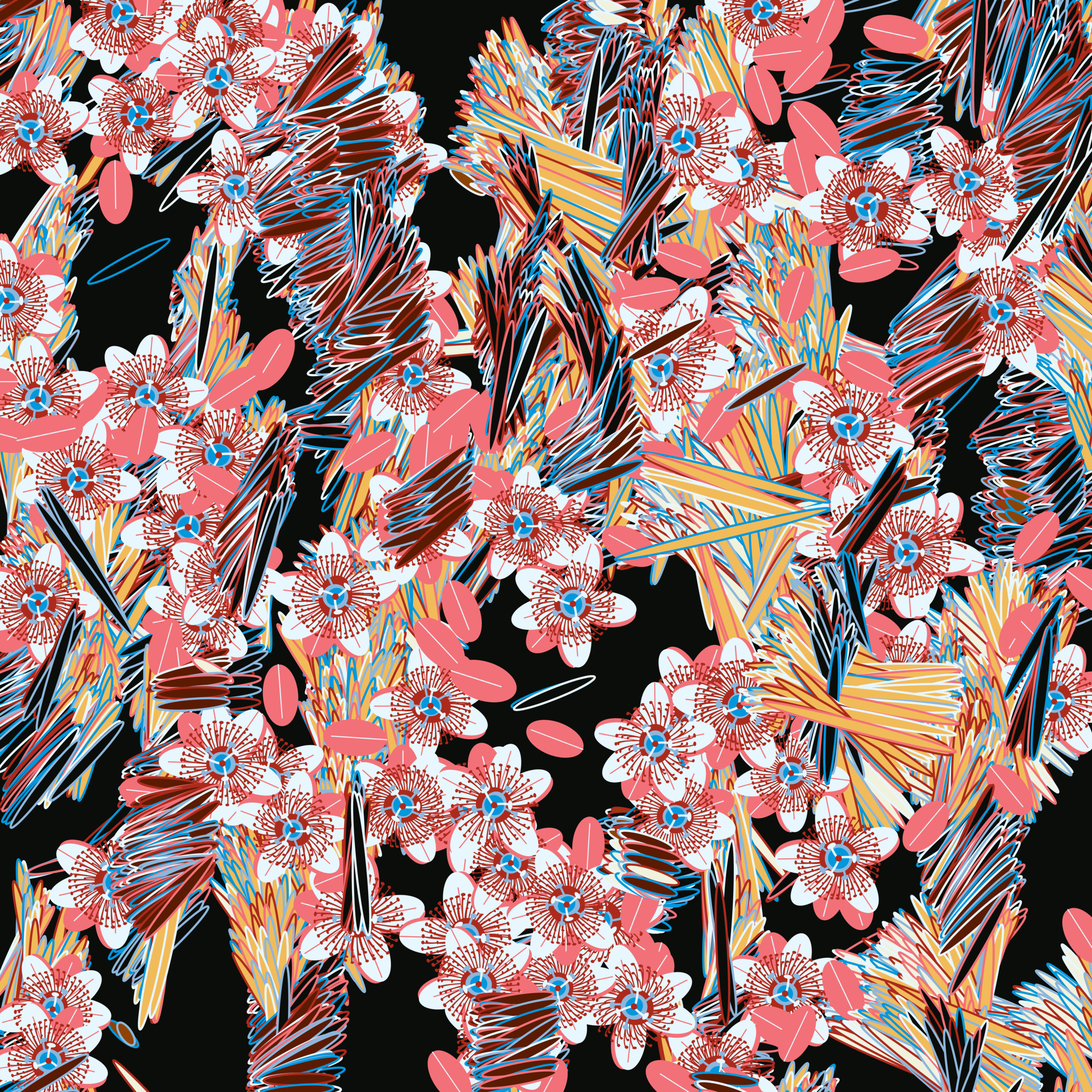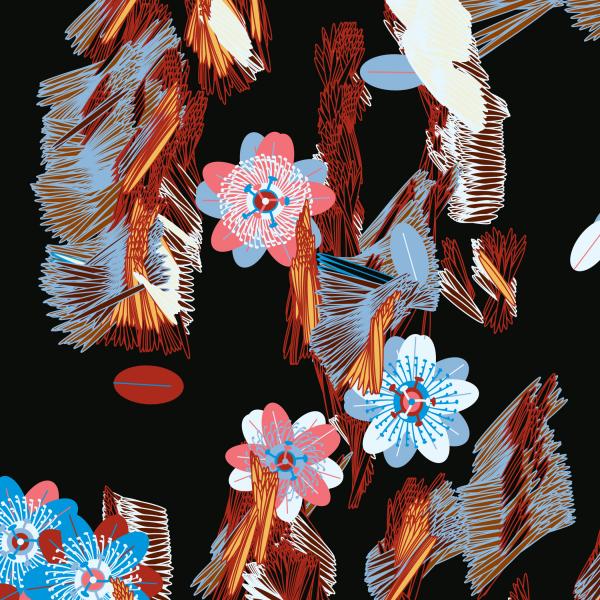Artists have attempted to generate surprise from systems carefully engineered to behave predictably since the invention of computers. The idea of a World Wide Web was proposed in 1989. 10 million users were online by the end of 1994.¹ Artistic experimentation surged. Nearly four decades after the advent of the internet, digital experience is no longer out in cyberspace.
A collector under the alias Cozomo de’ Medici said he did not set out to assemble a significant collection of digital art. He purchased a rare CryptoPunk in 2021. “This was to be my first and last NFT purchase,” he said. But soon, the collector found himself enthralled by the spirit of experimentation in art minted on blockchain, and his collection grew from there, focusing on assembling works that tell a representative history of the cryptoart movement. Now, the collector has generously offered LACMA the first and largest private collection of blockchain artworks to enter an American art museum.
The gift comprises 22 works made by 13 artists based in Brazil, Canada, China, England, Germany, Portugal, and the U.S. The works span 2017 to 2022 and represent artists’ work with code, artificial intelligence, painting, performance, photography, and video. The collection encapsulates an explosion of artistic experimentation with digital technology that has been budding since the late 2010s, after the invention of blockchain in 2008 gave digital artists a new way to sell and share their work.
Artists such as Dmitri Cherniak, Matt DesLauriers, and Monica Rizzoli write code to establish parameters but then unleash their computers to complete their compositions.

In his series “Ringers” (2021–present) Cherniak explores the infinite ways to wrap a string around a set of pegs. His algorithms turn out pictures that vary in peg count, size, orientation, and color. As his computer iterates different compositions, Cherniak manipulates the algorithm, which is for him, “the artist’s recognizable touch, like carving.”

Meridian #547 (2021) by DesLauriers is a generative system that constructs stratified landforms using hundreds of thousands of strokes of color. Each time the software is run, a random seed acts as a new coordinate in a multidimensional space, locating a particular scene in an infinite range of possible longitudes. DesLauriers said he “finds inspiration from the complex beauties in nature's emergent systems.”
When we detect glitches, pixels, and grids in a work of art, we sense a computer. Digital art is not only a genre: when artists like Monica Rizzolli utilize digital aesthetics, they propose a way to think about perception.

Rizzolli came to computer programming by way of printmaking. Her grandfather ran a print shop in São Paulo, Brazil, where he practiced typography. At 15, she studied woodcut and lithography at the Espaço Henfil De Cultura Baeta Neves. During her graduate research in Germany, she studied Gestalt principles about optical perception, and used digital art to explore vision. In her series of nature studies, Fragments of an Infinite Field (2021–present) she renders botanical drawings with sharp lines that resemble the markings of a woodcut knife. The works have a spatially ambiguous quality, bringing attention to how our eyes recognize illusions. The series explores the limits of human perception—our eyes cannot perceive the edge of nature or an algorithm. Rizzolli’s work is currently on view at LACMA’s Stark Bar.
Algorithms rekindle critical debate about who or what constitutes an artist. Interest in blockchain technology may also suggest that an emerging generation of artists and art lovers are fatigued by gatekeepers, and want to have a say in what constitutes artistic achievement.

Artist Yam Karkai had been working as a digital illustrator and felt empowered by the opportunity to sell her work on her own. Woman n°001 (2021), offered to LACMA through the Medici gift, is the first work Karkai minted and sold. The piece depicting two faces examines the complexity of identity. Karkai said that she came to art through an interest in the cinema and ancient Middle Eastern mythology. She thinks of her figures as characters in a narrative and often uses mythological motifs in her drawings. From her personal work, Karkai went on to co-found World of Women during the height of the NFT boom, when sales routinely reached seven figures and most of the artists and collectors earning the most money were men. Since its launch in 2021, World of Women has supported over 600 artists through acquisitions and collaborative projects.
The artists represented in the Cozomo de’ Medici donation and pledge include Justin Aversano, Cai Guo-Qiang, Han (CryptoCubes), Matt Hall and John Watkinson (founders of Larva Labs and CryptoPunks), Johannes Gees and Kelian Maissen (Kleee), Adam Swaab, Claire Silver, Neil Strauss, and Pindar Van Arman.
The collection is well contextualized at LACMA, with the museum’s longstanding commitment to art and technology. Having supported artists as they harness technologies to express ideas in new ways since the founding of the museum through the original Art and Technology program (1967–71) and the Art + Technology Lab, LACMA is developing new standards for acquiring, exhibiting, and conserving blockchain art. The museum’s exhibition and public programming has also long explored the intersection of art and technology, most recently with the newly opened exhibition Coded: Art Enters the Computer Age, 1952–1982, on view through July 12, 2023.
¹ CERN, "The Birth of the World Wide Web," accessed February 2023



